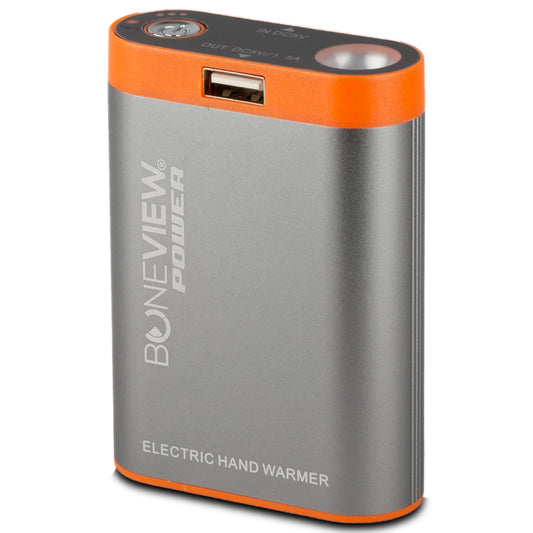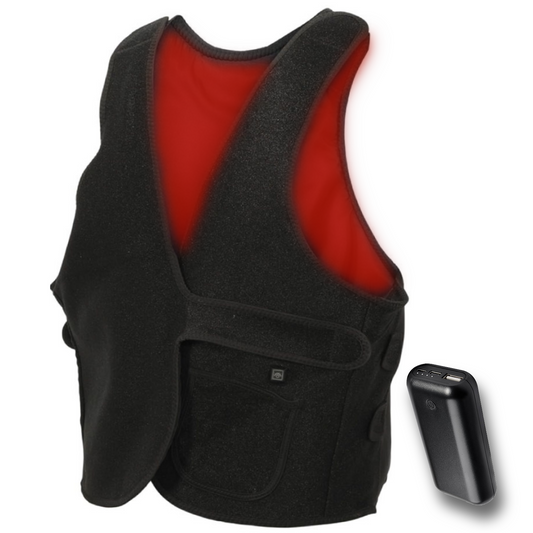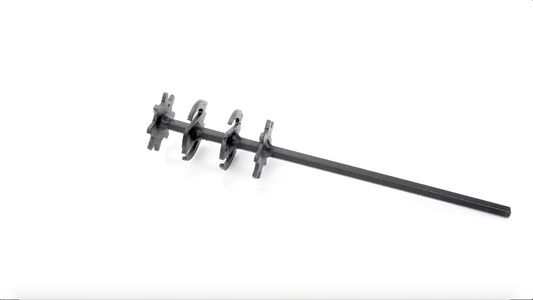Shed hunting is an exciting outdoor activity for hunters and wildlife enthusiasts alike. As the snow melts and the weather begins to warm up in the spring, shed hunting becomes a popular pastime for those looking to explore the outdoors and potentially find valuable whitetail deer antlers. Not only can it be a fun and rewarding activity, but it can also provide valuable insight into the behavior and movement patterns of deer in your area. In this guide, we will go over the basics of shed hunting and provide tips on how to get started.
What is Shed Hunting?
Shed hunting is the practice of searching for antlers that have fallen off whitetail deer during the winter months. Antlers are made of bone and are shed annually by male deer, typically in late winter or early spring. Shed hunting allows hunters and wildlife enthusiasts to explore the outdoors and potentially find antlers, which can be used for decoration or sold for profit.
Getting Started with Shed Hunting
- Know the laws: Before you begin shed hunting, it's important to be aware of any laws or regulations in your area. Some states may have restrictions on when and where shed hunting is allowed, so make sure to check with your local wildlife agency.
- Know when to start: Shed hunting can begin as early as February in some areas, but it generally peaks in March and April when the snow starts to melt and the ground becomes more visible. Pay attention to the weather in your area and look for signs of antler shedding such as rubs and scrapes on trees.
- Get permission: Before you start shed hunting on private land, make sure to get permission from the landowner. Some public lands may have specific rules or permits required for shed hunting, so check with your local wildlife management agency before heading out.
- Look for feeding areas: As the winter months come to a close, deer will be looking for food sources to replenish their energy reserves. Look for areas where deer may have been feeding, such as near agricultural fields or along the edges of woods.
- Look in bedding areas: Deer will often bed down in thick brush or other areas with cover. Look for these areas and search carefully for sheds that may have fallen off as they lay down or got up from their bedding spots.
- Use a grid pattern: When searching for sheds, it can be helpful to use a grid pattern to cover the area thoroughly. Start at one corner of the area you want to search and walk in a straight line, then move over and walk back in the opposite direction, slightly overlapping your previous path. Continue this pattern until you've covered the entire area.
- Bring the right gear: Shed hunting can require a lot of walking and can be physically demanding, so be sure to wear comfortable, weather-appropriate clothing and footwear. It's also a good idea to bring a backpack with water, snacks, a map or GPS device, and a pair of binoculars to help you spot sheds from a distance.
- Respect the wildlife: While shed hunting can be an exciting activity, it's important to remember that you're in the animals' habitat. Avoid disturbing or stressing out wildlife, and be sure to leave any natural materials you find on public lands where you found them.
Shed hunting can be a fun and rewarding activity for deer hunters and wildlife enthusiasts alike. By knowing when to start, getting permission, looking in feeding and bedding areas, scouting during the right times, using a grid pattern, bringing the right gear, and respecting wildlife, you can increase your chances of finding those elusive antlers and gain valuable insights into the behavior of the deer in your area. Happy shed hunting!





